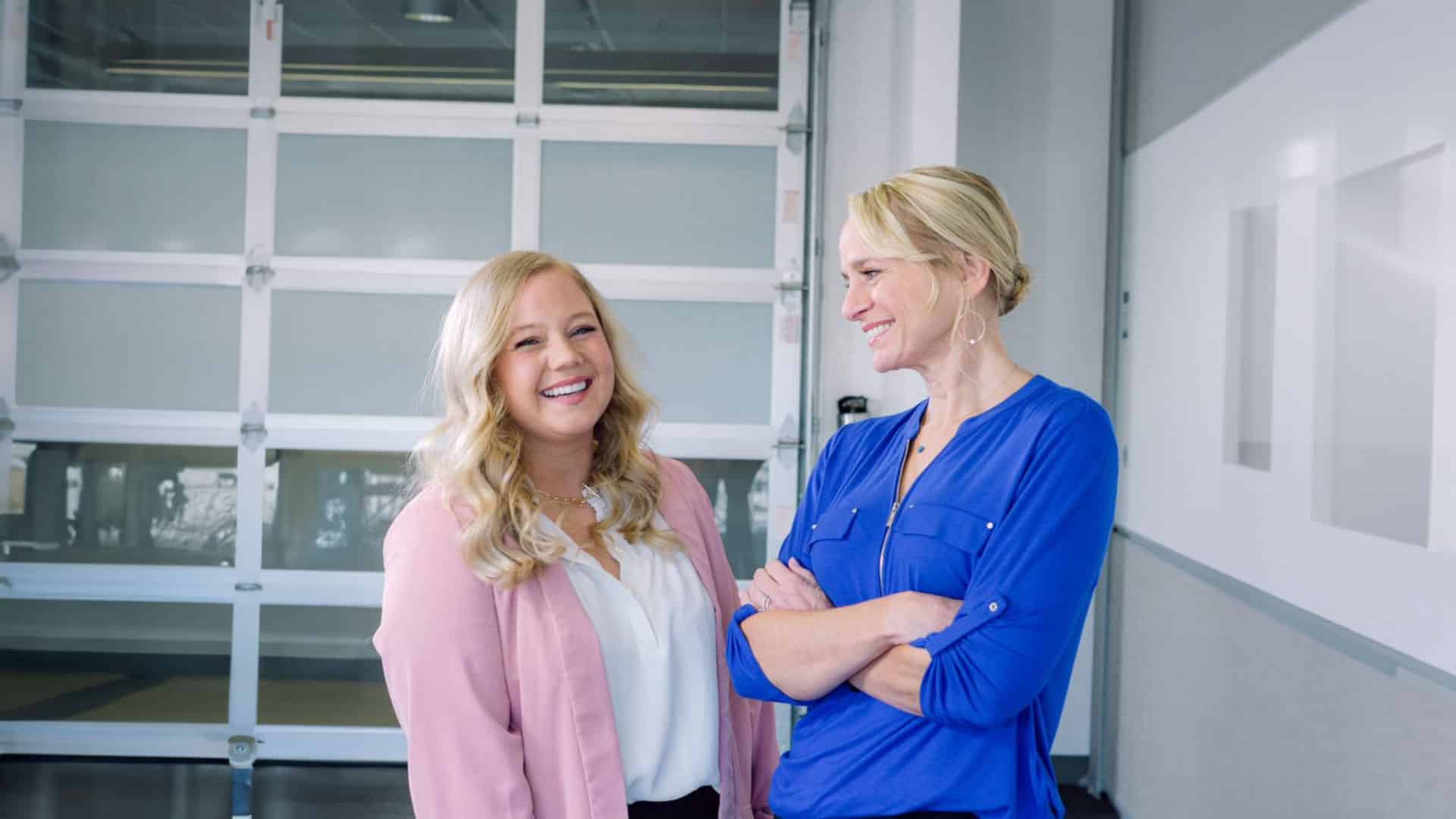Gaining Perspective through Generational Leadership
Last month, we organized and facilitated Riverbend’s generational leadership workshop. As we prepared for the workshop, it became evident that even though we had conducted it just months ago, updates were necessary to address the evolving generational changes within the workplace. With the pace of change accelerating and conversations around working styles, high performance teams, and effectiveness, it has become necessary to understand generations better. By closing this gap of knowledge around generations, this can help create a better link of communication for those you work with, those you lead, and those that lead you.
I find that oftentimes people focus on the differences between the generations and to be frank, the negative things we pick at each generation for. People tend to label the generations with their own stereotypes and assumptions. For example, as a Gen Zer, I know we are stereotyped for our addiction to technology and our excessive screen time. I also know that we are the first generation to enter the workforce with native digital skills, we are resourceful, and we bring a lot more to our teams than our assumed social media expertise. 😉
When we make assumptions about each generation, it leads to misunderstandings, conflict, and hours of unnecessary energy that if managed correctly could be redirected to growing the business together.
It is important to know the differences and characteristics of each generation, and it is also important to embrace how each generation brings their own values, attitudes, and expectations to the workplace. While we are cultivating this understanding, it is crucial to bridge the generational gaps and find similarities. Thus, leading us to be more effective in the workplace and achieving shared goals.
As you lead upward, downward, and across generations, consider the following tips on how you can find common ground that furthers communication and increases progress on your team:
- Instead of dismissing generational differences, recognize and embrace them. Encourage open communication, active listening, and empathy to bridge the gap.
- Focus on common goals and similarities.
- Tailor your leadership style: Different generations may respond differently to your leadership styles; it is important to approach individuals accordingly.
- Foster a culture of learning by encouraging professional development, offering training opportunities and providing feedback to help individuals improve their skills.
- Lead by example: Demonstrate respect, empathy, and a willingness to learn from others regardless of their age or background.
”“Leadership is not about managing different generations; it’s about inspiring and empowering them to achieve common goals.”
John C. Maxwell


